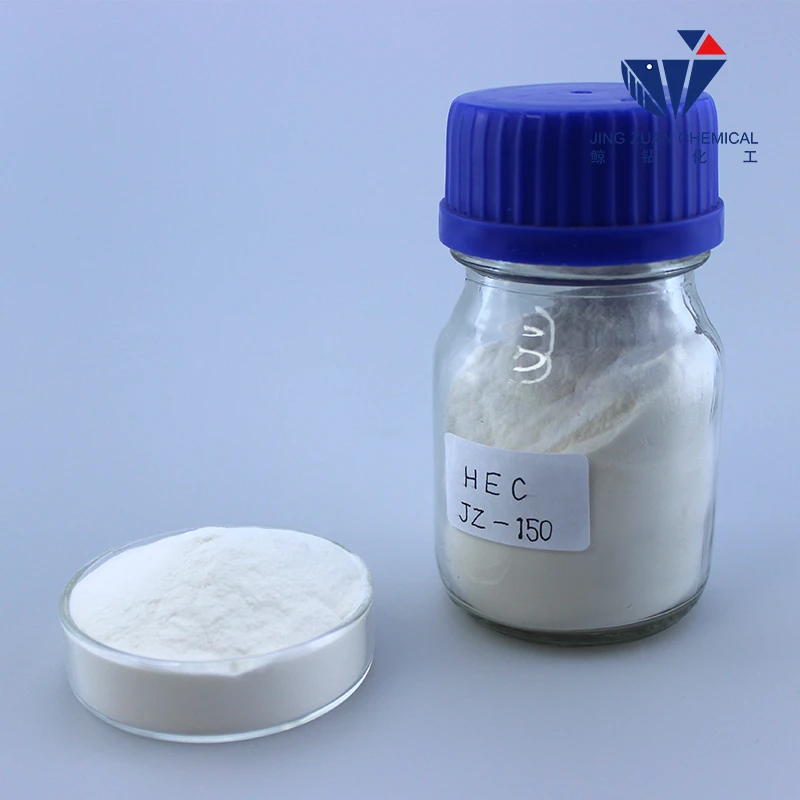
Nov . 12, 2024 10:34 Back to list
grades of hpmc
Understanding the Grades of HPMC A Comprehensive Overview
Hydroxypropyl Methylcellulose (HPMC) is a versatile cellulose ether widely utilized in various industries, including pharmaceuticals, food, and construction. Its unique properties such as solubility in water, film-forming ability, and thickening characteristics make it a preferred choice for many applications. To fully appreciate the effectiveness of HPMC, one must understand its various grades and the specific characteristics that differentiate them.
What is HPMC?
HPMC is a semi-synthetic polymer derived from natural cellulose, which undergoes chemical modifications to enhance its performance. The process involves etherification of cellulose, which introduces hydroxypropyl and methyl groups into the polymer chain. This modification not only makes HPMC soluble in cold water but also imparts various functionalities that are of critical importance in formulating products.
Grades of HPMC
HPMC is available in several grades, each defined by the proportion of hydroxypropyl and methoxy groups present in the polymer. These variations influence the viscosity, solubility, and film-forming properties of the compound. Understanding these grades is essential for formulators to select the appropriate type of HPMC for specific applications.
1. High Viscosity Grades These grades contain a higher percentage of methoxy and hydroxypropyl groups and are primarily used in formulations requiring a thickening agent. They are commonly employed in pharmaceuticals for controlling viscosity in suspensions and oral dosage forms. The high viscosity ensures a stable and consistent formulation, enhancing the bioavailability of active ingredients.
2. Low Viscosity Grades In contrast, low viscosity grades have fewer hydroxypropyl and methoxy groups, resulting in lower thickening ability. They are often utilized in applications where a lighter texture is desired, such as in certain food products and cosmetic formulations. These grades aid in the formation of gels and emulsions without significantly altering the product's consistency.
grades of hpmc

3. Controlled Release Grades Certain HPMC grades are specifically designed for controlled release applications. By adjusting the composition of hydroxypropyl and methoxy groups, formulators can create HPMC that modulates the rate of release of active pharmaceutical ingredients (APIs). This is particularly significant in the development of sustained-release tablets and capsules, where a consistent and prolonged effect of the medication is critical for patient adherence.
Applications of HPMC Grades
1. Pharmaceuticals In the pharmaceutical industry, HPMC grades are used in tablets, capsules, and as a binder in solid dosage forms. Their ability to modify drug release rates makes them integral to the formulation of modern drug delivery systems.
2. Food Industry HPMC is commonly used as a food additive for its thickening and emulsifying properties. It can improve the texture and shelf-life of various food products and is also utilized in gluten-free cooking as a binding or thickening agent.
3. Cosmetics The cosmetic industry leverages HPMC for its film-forming and thickening abilities in products like lotions, creams, and gels. It aids in stabilizing emulsions and providing a pleasing sensory experience for consumers.
4. Construction In the construction field, HPMC is used in cement-based materials and tile adhesives due to its water retention properties, which ensure better workability and improved bonding.
Conclusion
The diverse grades of HPMC offer an array of functionalities that cater to the specific needs of different industries. Understanding the distinctions between high viscosity, low viscosity, and controlled release grades allows formulators to make informed decisions, ultimately enhancing the performance of their products. As industries continue to evolve, the demand for specialized HPMC grades will likely increase, unlocking new possibilities in product innovation and formulation development. HPMC remains a pivotal component in various sectors, reinforcing its status as a cornerstone material in modern formulations.
-
Versatile Hpmc Uses in Different Industries
NewsJun.19,2025
-
Redispersible Powder's Role in Enhancing Durability of Construction Products
NewsJun.19,2025
-
Hydroxyethyl Cellulose Applications Driving Green Industrial Processes
NewsJun.19,2025
-
Exploring Different Redispersible Polymer Powder
NewsJun.19,2025
-
Choosing the Right Mortar Bonding Agent
NewsJun.19,2025
-
Applications and Significance of China Hpmc in Modern Industries
NewsJun.19,2025







